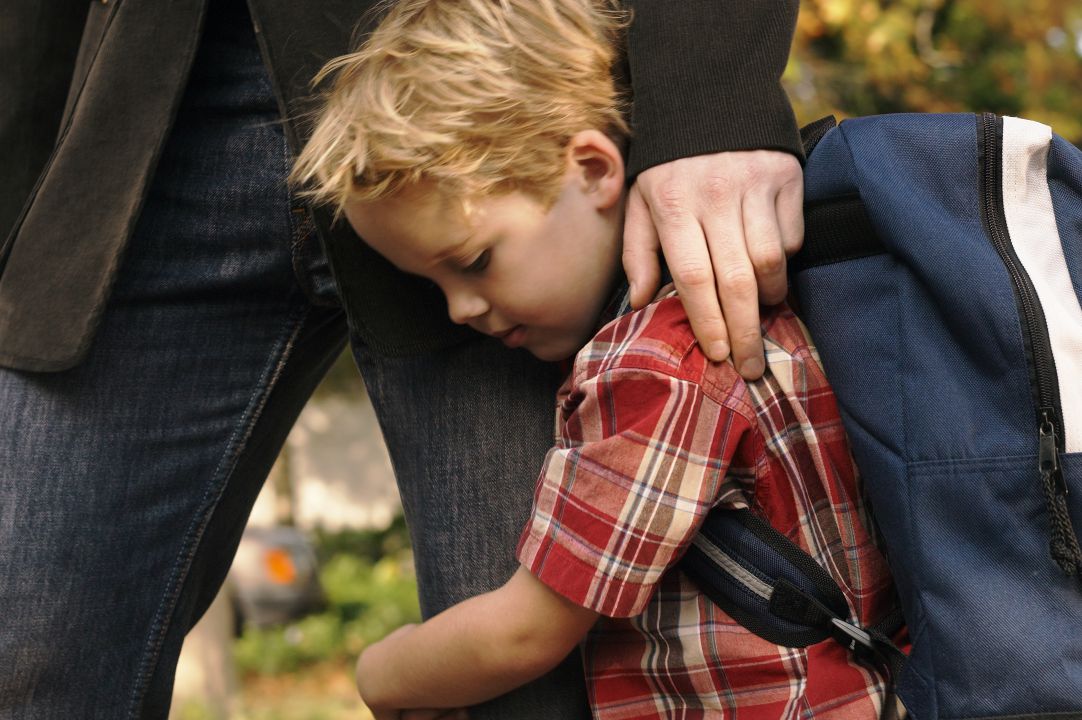Check Your Health
What is Your Attachment Style?
Chapter 3. What is Your Attachment Style?
Intro
Play this brief video introduction from one of your authors, David Myers.
Test Yourself
Please rate how much each of these four statements describes your feelings about a parent, your romantic partner, or your best friend.
1.
1. I’m afraid that this person may abandon me.
2. I often worry that this person won’t care as much about me as I care about him or her.
3. I usually discuss my problems and concerns with this person.
4. It helps to turn to this person in times of need.
Fraley, R. C., Heffernan, M. E., Vicary, A. M., & Brumbaugh, C. C. (2011). The experiences in close relationships—Relationship structures questionnaire: A method for assessing attachment orientations across relationships. Psychological Assessment, 23, 615–625.
Fraley, R. C., Hudson, N. W., Heffernan, M. E., & Segal, N. (2015). Are adult attachment styles categorical or dimensional? A taxometric analysis of general and relationship-specific attachment orientations. Journal of Personality and Social Psychology, 109, 354–368.
Your Score

William Perugini/Shutterstock
People who disagree (strongly or otherwise) with these and other similar statements score low in attachment-related anxiety. They tend not to worry about their loved one’s being available, reliable, and responsive.
People who agree with these and other similar statements score low in attachment-related avoidance. They tend to be comfortable with intimacy, and with others being dependent on them.
A low score on both anxiety and avoidance indicates a relatively secure attachment in that relationship.
These are mere sample items. For a more careful assessment of your attachment style, Chris Fraley offers an online inventory, with feedback, here.
Build This Strength
We are influenced by our childhood nurture, and whether we developed a basic sense of trust in others. As a result, we may or may not find it easy to feel securely attached in our adult relationships. Yet even those who are anxious when entering relationships, or who avoid getting close, can work at becoming more trusting.

Klaus Tiedge/AGE Fotostock
1. Start by identifying your attachment tendency, which has probably been evident since your childhood. To “know thyself” is to become alert to how your thinking demonstrates anxiety or avoidance or self-preoccupation, and to challenge those insecure inner voices.
2. Think of someone who loves you, accepts you, and helps you. When have you turned to this person in times of need? How does this person influence your thoughts, feelings, and actions? Bringing to mind an attachment figure can boost feelings of security and trust (Gillath et al., 2006). With enough practice, you can begin to write a new “narrative”—an approach to life and relationships that tends more often to assume the best than the worst in others.
3. Remember that every relationship has its ups and downs, its joys and stresses. So when bad stuff happens, try not to catastrophize. Everyone, and every relationship—even a very good relationship—has bad days. Health is not the utter absence of sickness. And secure attachment is not the absence of occasional feelings of insecurity. Secure attachment is a trusting sense that, even when the surface waters churn, the deep waters run sure.
Fraley, R. C., Heffernan, M. E., Vicary, A. M., & Brumbaugh, C. C. (2011). The experiences in close relationships—Relationship structures questionnaire: A method for assessing attachment orientations across relationships. Psychological Assessment, 23, 615–625.
Fraley, R. C., Hudson, N. W., Heffernan, M. E., & Segal, N. (2015). Are adult attachment styles categorical or dimensional? A taxometric analysis of general and relationship-specific attachment orientations. Journal of Personality and Social Psychology, 109, 354–368.
Gillath, O., Mikulincer, M., Fitzsimons, G. M., Shaver, P. R., & Bargh, J. A. (2006). Automatic activation of attachment-related goals. Personality and Social Psychology Bulletin, 32, 1375-1388.
QUIZ
Are you ready for the Quiz? Demonstrate and reinforce your understanding by answering the following questions.

William Perugini/Shutterstock
1. People who are securely attached in a relationship tend to score
2. Those who develop a secure attachment to caregivers as infants tend to develop insecure attachments to loved ones as adults.
3. Those adults who feel securely attached in their relationships tend to demonstrate _________blank resilience and __________blank depression.
4. Which of the following is NOT a good way to build the strength of greater security in relationship attachment?
1. a. low in anxiety, and low in avoidance.
2. False
3. b. greater; lower
4. a. Brace yourself by assuming the worst